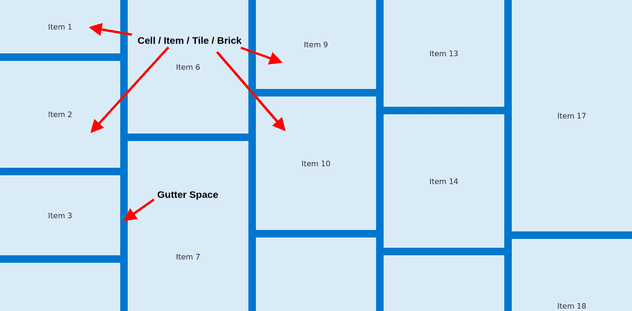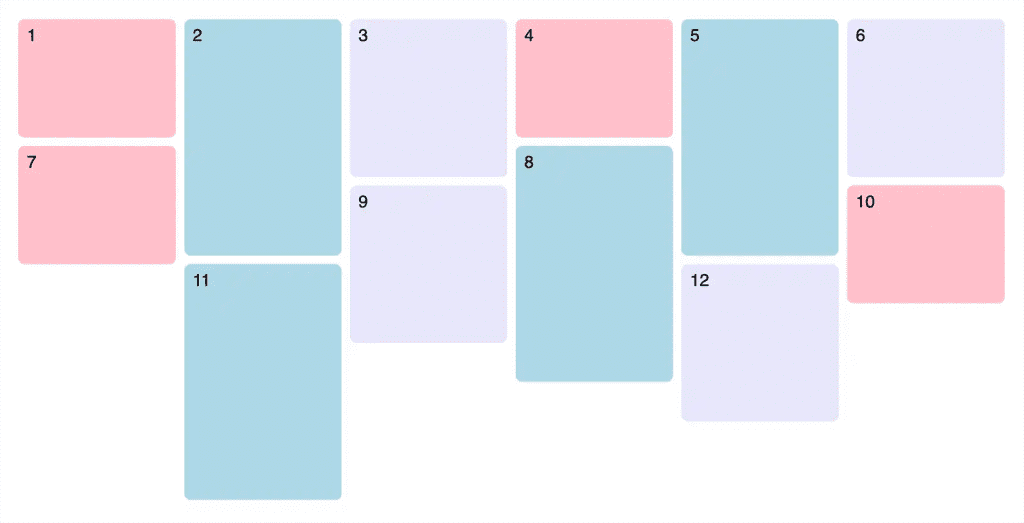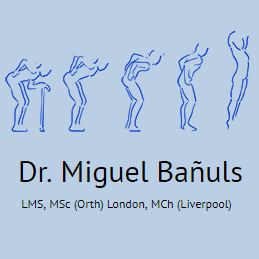CSS Masonry is rapidly becoming a buzzword in the web design community, as it represents a leap forward in CSS layout capabilities. This innovative approach to creating dynamic, visually appealing layouts diverges from traditional methods, seamlessly accommodating varying item sizes within an intuitive, flowing structure. The evolving discussions around CSS Masonry, particularly the contrasting proposals from the Chrome and WebKit teams, highlight the collaborative nature of the CSS Working Group. By introducing a new `display: masonry` property, CSS aims to revolutionize how developers approach layout design, making it easier than ever to implement complex arrangements. As the CSS features evolution continues, understanding the nuances of the masonry layout could be essential for web developers looking to stay ahead in the competitive digital landscape.
Exploring the realm of CSS layouts reveals a captivating new term: the masonry layout, often hailed as a visual delight for contemporary web applications. This flexible design strategy allows developers to present content in a staggered pattern, reminiscent of Pinterest’s iconic grid. As the CSS Working Group deliberates on the best methods to integrate masonry styles into web standards, particularly through proposals like `display: masonry`, the potential for richer, more engaging web experiences expands. The ongoing evolution of CSS features has brought about new discussions on how layouts can flow more naturally, combining the best attributes of existing models like Flexbox and Grid. Embracing this innovative layout technique could provide developers with the tools they need to create stunning, user-friendly web environments.

Understanding CSS Masonry
CSS Masonry is an emerging layout feature designed to create dynamic grids, allowing items of varying sizes to stack seamlessly. Unlike traditional layout models, such as Flexbox or Grid, Masonry functions by adapting to the content’s inherent dimensions, leading to a visually appealing but complex arrangement. This unique property gives developers a powerful tool for enhancing the aesthetic appeal of websites, especially in media-rich environments like portfolios or image galleries. One of its significant advantages is the ability to automatically fill space without predefined gaps, making it incredibly useful for displaying diverse content.
Implemented with the `display: masonry` property, the initial appeal of Masonry lies in its simplicity and ease of use. Developers can easily adapt existing designs to incorporate Masonry layouts without extensive reworking of their previous structures. However, the evolution of this feature has sparked a heated debate within the developer community, particularly between the Chrome and WebKit teams, each presenting their vision for its implementation. As CSS features evolve, particularly in the realm of layout, the process reflects a blend of technical requirements, developer needs, and sometimes, political negotiations among browser vendors.
The Proposals: Chrome vs. WebKit
The core of the Masonry debate centers around two distinct proposals: Chrome’s `display: masonry`, which suggests Masonry as a standalone layout model, and WebKit’s argument for it to function as a variant within the Grid system. This disagreement highlights essential considerations; for instance, while Chrome believes Masonry deserves an independent identity, WebKit asserts that integrating it with Grid would reduce the learning curve for developers accustomed to Grid’s existing syntax. This ongoing discussion underscores the constant balancing act between innovation and accessibility in web design.
The debate sparked by these proposals exemplifies the challenges of modern web standards development, where different implementations can diverge significantly in terms of user experience and practicality. As the discussions unfold, it’s crucial to consider not just the technical merits of each approach, but also how they affect designers and developers in real-world scenarios. The technical details, including syntax and integration with existing CSS properties, carry weight beyond mere usability—they determine how quickly and effectively new features can be adopted across the web.
The CSS Working Group’s Role
At the heart of these discussions lies the CSS Working Group (CSSWG), which plays a vital role in shaping web standards through a consensus-driven model. Members engage in open debates, advocating for their proposals while also evaluating their feasibility and impact on developers. The process is inherently complex, balancing variable interests and striving for a unified path that advances CSS as a robust tool for web development. This structure facilitates an environment where feedback—both from developers and browser implementations—can shape the proposals into formats that serve the broader community effectively.
Miriam Suzanne, a prominent figure within the CSSWG, elaborates that the group’s consensus not only guides features into specification but also influences how browsers decide to implement those features. While consensus ideally leads to stronger specifications, it must be noted that browser vendors still wield power over how closely they adhere to these guidelines. This dynamic underscores the need for ongoing dialogue among all stakeholders, as direct implementation can often diverge from spec discussions.
The Evolution of CSS Layout Features
The evolution of CSS features like Masonry is not a new phenomenon. The path traversed by Flexbox and Grid, for instance, was riddled with challenges, reflecting the complexities of creating a standardized layout model. Initially, Flexbox had a tumultuous introduction, marred by inconsistent implementations across different browsers. Such experiences shaped the development environment for Masonry, where many lessons learned from past mistakes are now being put into practice to avoid repeating them. As a result, Masonry stands on the shoulders of its predecessors, aiming for a smoother rollout and greater stability.
The progressive maturation of CSS layout features indicates a concerted effort to refine and enhance developer experiences. As noted by Tab Atkins-Bittner, past experiences have led to collaborative refinements among features, moving forward with greater confidence and clarity. Through collective insights gained, the ambition is not only to refine existing syntax but to create more intuitive interfaces for all developers, highlighting how crucial iterative improvements are in achieving truly effective website design tools.
Looking Ahead: The Future of CSS Features
As the discourse surrounding Masonry continues, its outcome reflects broader trends in CSS feature development—an interplay of technology and market dynamics. Browsers are key players in proposing and prototyping new features, as seen in the early implementations of Masonry by Chrome. Stakeholders must navigate the delicate balance of innovation against user experience, ensuring that the new features serve effectively across varying contexts. This constant evolution signifies a commitment to enhancing web standards that accommodate the increasingly complex needs of web developers.
While the outcome of the Masonry discussions remains to be finalized, the conversation itself demonstrates a vital aspect of the CSSWG’s work: the need for alignment across competitive interests while fostering an environment conducive to creativity and progress. Ultimately, the decision surrounding Masonry’s final form will shape how developers interact with CSS, indicating how critical such discussions are for the future of web standards.

Conclusion
In conclusion, the evolution of CSS Masonry serves as a testament to the collaborative efforts and complexity involved in shaping web standards. The debate between Chrome and WebKit underscores the intricacies of determining how new layout models should integrate with existing technologies like Flexbox and Grid. By observing the progression from initial proposals to the anticipated implementation, we can appreciate several key takeaways:
– The process of developing standards is inherently political and technical, requiring a consensus-driven approach.
– Prototyping features ahead of consensus can provide invaluable real-world feedback and hasten improvements.
– The CSSWG plays a crucial role in facilitating discussions and ensuring backwards compatibility, while browsers influence specifications based on market dynamics.
Furthermore, the case of CSS Masonry embodies the lessons learned from past layout models like Flexbox and Grid, leading to a more refined and informed proposal. As the community continues to engage and evolve these standards, we must remain attentive to how different browser implementations might influence final designs.
– Developers’ perspectives are vital in shaping these standards, highlighting the need for transparent avenues of feedback.
– The merging of new concepts such as item-flow showcases a willingness to innovate within the CSS framework.
– Ultimately, the collaborative spirit among browsers, the working group, and developers aids in creating robust features that enhance our web design capabilities.















